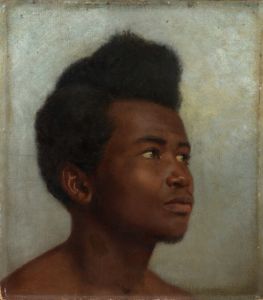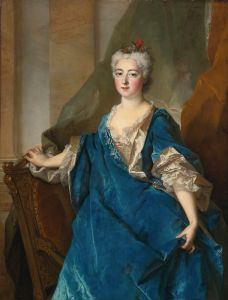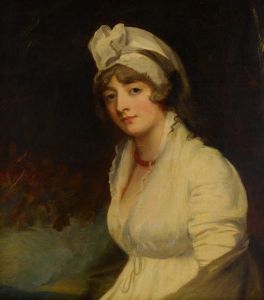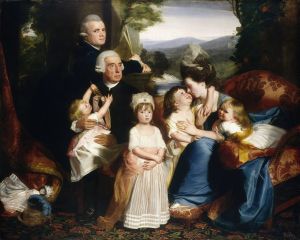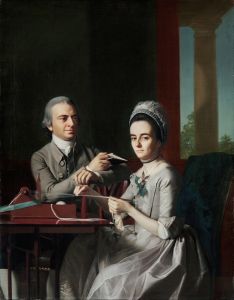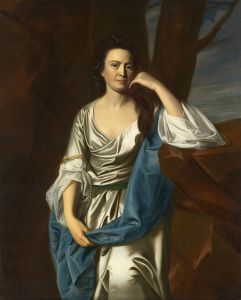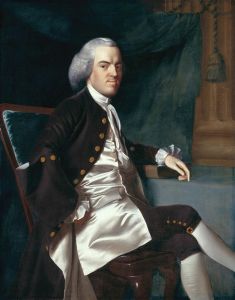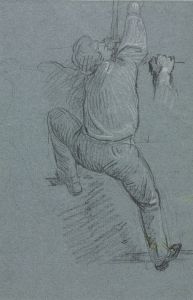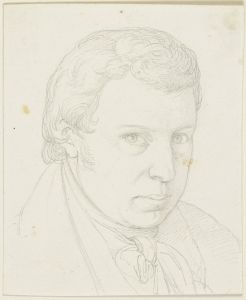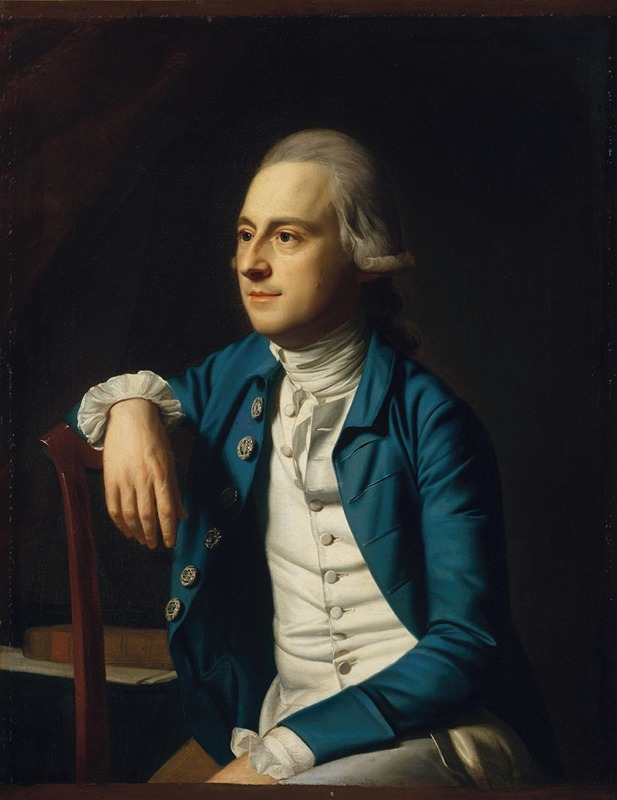
Gulian Verplanck
A hand-painted replica of John Singleton Copley’s masterpiece Gulian Verplanck, meticulously crafted by professional artists to capture the true essence of the original. Each piece is created with museum-quality canvas and rare mineral pigments, carefully painted by experienced artists with delicate brushstrokes and rich, layered colors to perfectly recreate the texture of the original artwork. Unlike machine-printed reproductions, this hand-painted version brings the painting to life, infused with the artist’s emotions and skill in every stroke. Whether for personal collection or home decoration, it instantly elevates the artistic atmosphere of any space.
John Singleton Copley, one of the most prominent American portrait painters of the 18th century, created the painting Gulian Verplanck in 1771. This oil-on-canvas portrait depicts Gulian Verplanck, a wealthy merchant and influential figure in New York society during the colonial period. The painting is an excellent example of Copley’s skill in capturing the likeness and social status of his sitters through meticulous attention to detail and composition.
Gulian Verplanck (1698–1751) was a member of a prominent Dutch family in New York, known for their involvement in commerce, politics, and land ownership. Although Verplanck himself passed away two decades before the painting was created, the portrait is believed to have been commissioned posthumously by his family, possibly to honor his legacy. Copley, who was based in Boston at the time, was highly sought after by wealthy patrons in the American colonies for his ability to convey both the physical appearance and the social standing of his subjects.
In the portrait, Verplanck is depicted wearing elegant attire that reflects his status as a prosperous merchant. His pose is formal yet natural, with a confident expression that conveys authority and refinement. The background is understated, allowing the focus to remain on the sitter. Copley’s use of light and shadow enhances the three-dimensionality of the figure, a hallmark of his work. The artist’s attention to the textures of fabric, skin, and other materials further demonstrates his technical mastery.
The painting is significant not only as a work of art but also as a historical document, offering insights into the fashion, culture, and social hierarchy of colonial America. It is one of many portraits by Copley that capture the elite of the time, providing a visual record of individuals who played key roles in shaping early American society.
Today, the Gulian Verplanck portrait is part of the collection at the Metropolitan Museum of Art in New York City. It remains an important example of Copley’s work and a valuable piece of American art history.





